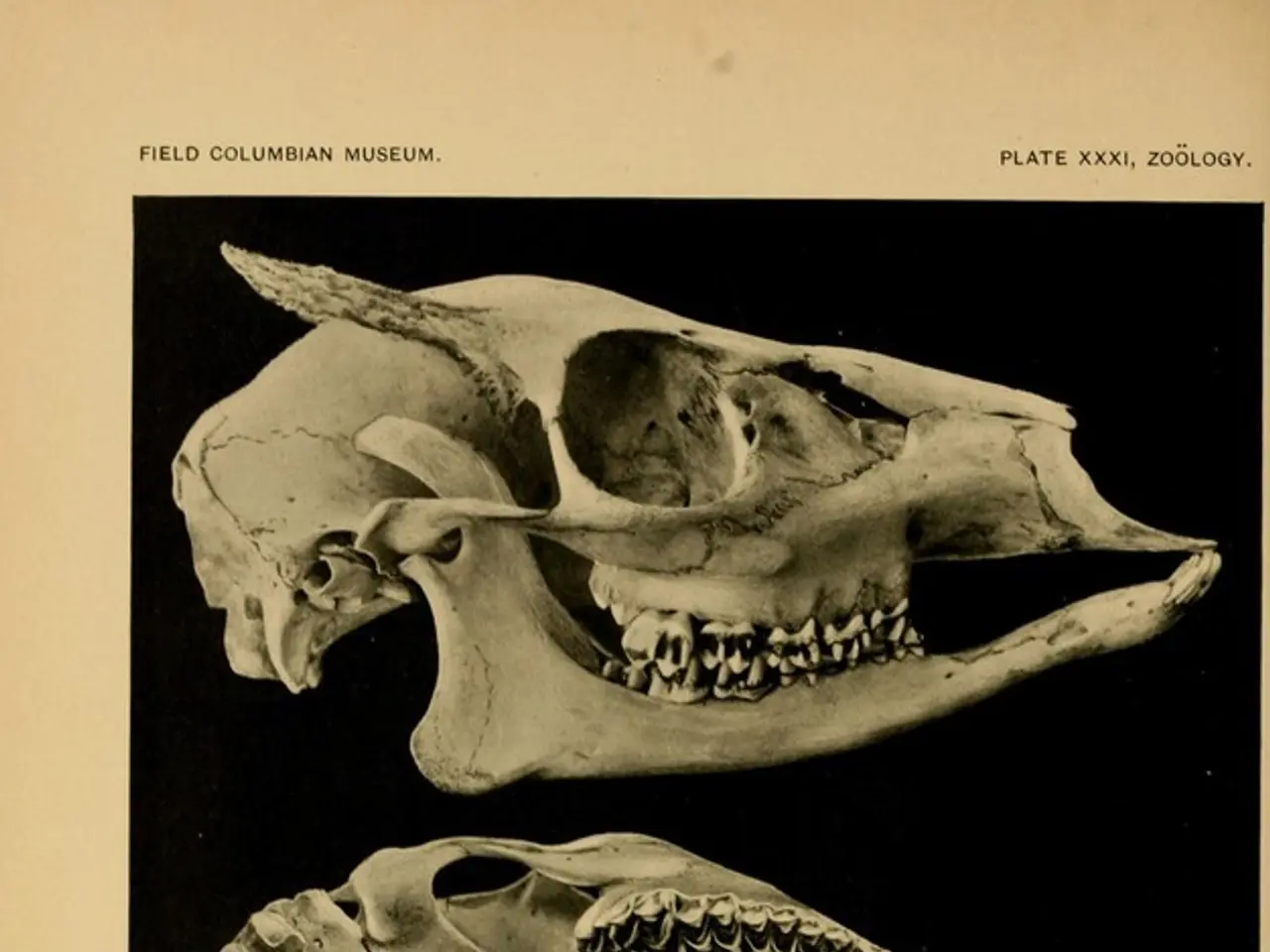A groundbreaking research initiative may provide a glimmer of hope to over 20 million U.S. residents grappling with brain injuries.
In a groundbreaking five-year federal initiative, the ARPA-H Functional Repair of Neocortical Tissue (FRONT) program is set to develop regenerative medicine therapies that could restore brain function in millions of individuals affected by conditions such as stroke, traumatic brain injury, and neurodegenerative diseases like Alzheimer's.
The focus of the program is on the neocortex, the brain's largest region responsible for sensory perception, motor control, and cognition. Traditionally, this area has been considered irreparably damaged after injury. The FRONT program aims to change this narrative by producing adult-derived stem cell-based graft tissues that mimic early neocortical structures, incorporating neural, vascular, and glial components.
Key components of the program include generating induced pluripotent stem cell (iPSC)-derived graft precursor tissues that replicate early neocortical architecture and function, developing surgical implantation and integration techniques, and ensuring strict performance metrics like high engraftment efficiency, rapid vascularization, and significant connectivity comparable to natural tissue. The ultimate goal is to graft these tissues into damaged brains to regenerate functional neocortical tissue and restore lost functions such as motor control, vision, and speech.
However, translating this lab science to human trials presents several challenges. Ensuring functional integration of grafted tissues into the complex layered structure of the existing neocortex is crucial for restoring cognitive functions. Developing safe and effective surgical implantation methods that promote rapid vascularization and minimize immune rejection or other complications is another hurdle. Achieving sufficient engraftment efficiency and physiological connectivity is necessary for grafts to meaningfully contribute to brain function recovery.
Ethical, legal, and social implications (ELSI) also need to be addressed, notably avoiding embryonic/fetal tissue use and engaging patients and regulators responsibly throughout development. Navigating regulatory pathways to transition from animal models to human trials is another challenge, requiring demonstrating safety, efficacy, and reproducibility.
The success of the FRONT program could potentially alleviate the personal and societal burdens of brain injury. ARPA-H, with its focus on high-risk, high-reward projects, is taking on this project to bring regulatory entities up to speed on the new treatment approach. The average person should understand that the FRONT program offers a chance at reversing permanent brain damage, allowing individuals to regain independence and return to normal life.
Ethical issues surrounding identity and consent are being addressed by reaching out to ethics experts and incorporating their input as the program progresses. The goal of the FRONT program is to remove the "permanent" aspect from permanent brain damage and restore function in affected individuals.
Recent work has shown that brain stem cells, when put in damaged brain tissue, have the potential to connect with the rest of the brain. The neocortex, the largest outer part of the brain, is often damaged by conditions like stroke, neurodegeneration, and trauma, with no effective treatment to restore function.
As the project progresses, ARPA-H designs programs and works with academic, industry, and other parties to achieve the goal of restoring brain function. The open call for the FRONT program outlines detailed expectations for the metrics and milestones throughout the five-year duration. The scaling of technology to bring this treatment to as many people as possible will also need to be developed.
The initiative discussed is named Functional Repair of Neocortical Tissue (FRONT). The goal of the FRONT program is to reverse permanent brain damage, benefiting approximately 20 million Americans and reducing the burden on families, caregivers, and society. The five-year timeline for the FRONT program includes detailed milestones and metrics to measure the success of the precursor tissue's ability to wire with the brain, maintain a normal brain structure, and encode new information. The project involves lab science with stem cells and damaged brain tissue.
Dr. Jean Hebert's program, Health Science Futures at ARPA-H, aims to engage stroke and Alzheimer's advocacy groups to prepare for the implementation of FRONT treatment once ready for clinical trials. The project is challenging, but it is the purpose of ARPA-H to take on projects that are too risky for more risk-averse entities like academia and companies.
- The federal workforce, under the ARPA-H Functional Repair of Neocortical Tissue (FRONT) program, is dedicated to exploring health-and-wellness advancements through science, specifically focusing on regenerative medicine therapies as solutions for medical-conditions like stroke, traumatic brain injury, and neurodegenerative diseases.
- As the FRONT program progresses in its five-year initiative, it aims to develop therapies-and-treatments using stem cells and damaged brain tissue, with the ultimate goal of grafting these tissues into affected brains to regenerate functional neocortical tissue and restore lost functions such as motor control, vision, and speech.




